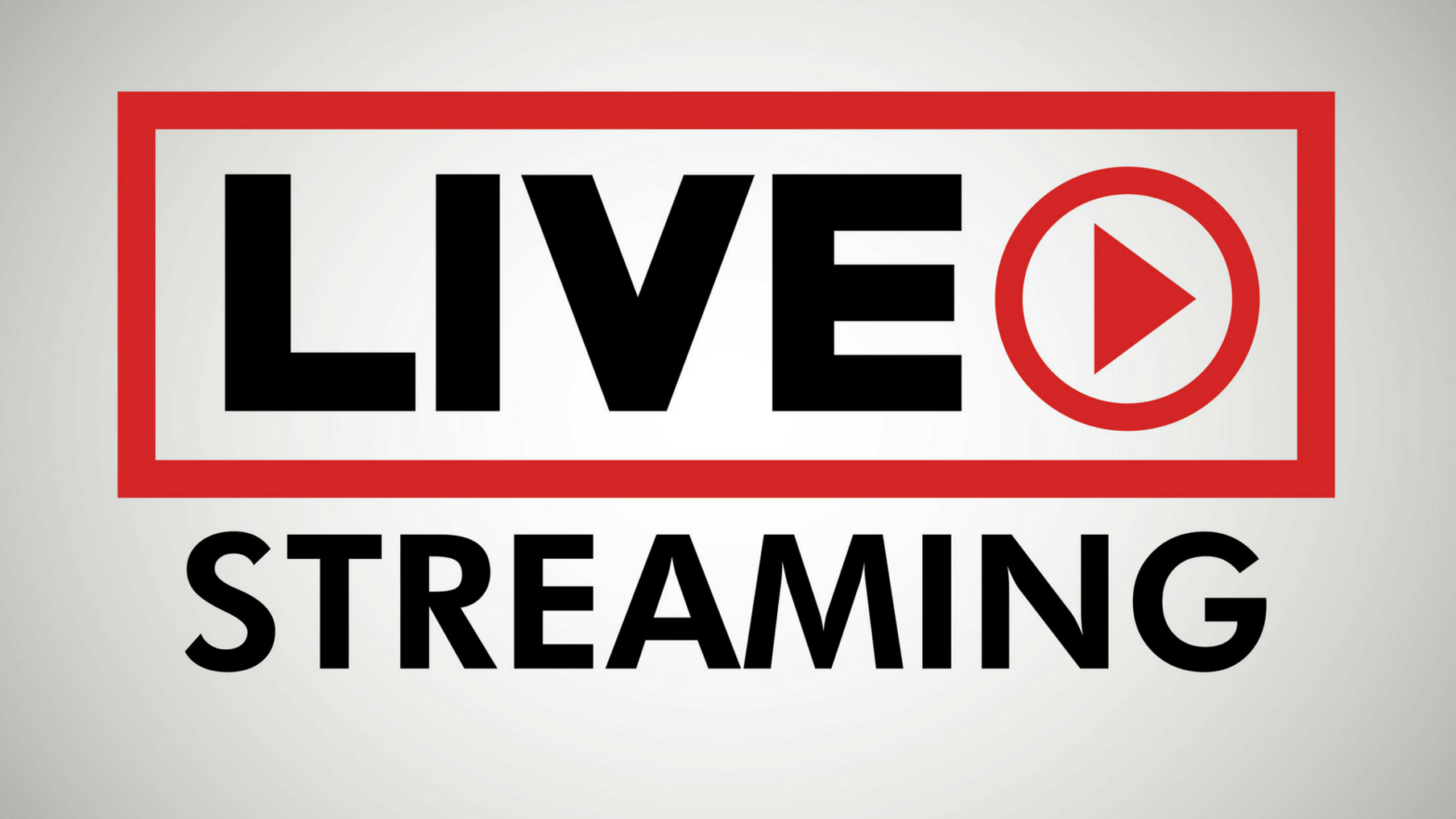Discover the power of RTMP server today! Enhance your streaming capabilities and deliver high-quality content to your audience. Learn more about it here.
Understanding the Functionality of RTMP Server
The Real-Time Messaging Protocol (RTMP) server is a fascinating piece of technology that has revolutionized the way we stream and share media content online. It’s a protocol developed by Macromedia, now owned by Adobe, that provides high-performance transmission of audio, video, and data between server applications and Flash Player. The rtmp server is the backbone of many live streaming services, enabling seamless, real-time streaming of multimedia content.
To understand the functionality of the RTMP server, it’s essential to first grasp the concept of RTMP itself. RTMP is a TCP-based protocol designed to maintain persistent, low-latency connections — and to deliver smooth, high-quality video. It’s a protocol that breaks data into chunks, delivering it from one point to another, ensuring that the viewer experiences no lag or buffering during the streaming process.
The RTMP server plays a crucial role in this process. It acts as the intermediary between the source of the stream and the end-user. The server receives the input stream from the broadcaster, breaks it down into smaller chunks, and then sends these chunks to the viewer. This process happens in real-time, ensuring that the viewer can watch the stream with minimal delay.
One of the key features of the RTMP server is its ability to provide ‘real-time’ communication. This means that the data transmission happens almost instantaneously, making it ideal for live streaming applications. Whether it’s a live concert, a gaming session, or a real-time tutorial, the RTMP server ensures that the stream is delivered to the viewer in real-time, without any significant delay.
Another important aspect of the RTMP server is its support for multiple connections. The server can handle multiple streams simultaneously, making it possible for several users to broadcast their streams at the same time. This feature is particularly useful for platforms that host multiple live streams, such as social media platforms or live event broadcasting services.
The RTMP server also offers robust security features. The protocol includes several mechanisms to protect the stream from unauthorized access. For instance, it supports secure RTMP (RTMPS), which uses SSL/TLS to encrypt the connection between the server and the client, protecting the data from potential eavesdropping.
Despite its many advantages, the RTMP server does have a few limitations. One of the main drawbacks is that it’s not designed to bypass firewalls or proxy servers, which can sometimes make it difficult for users to connect to the server. However, this issue can often be resolved by using RTMPT, a variant of RTMP that is encapsulated within HTTP requests.
In conclusion, the RTMP server is a powerful tool for delivering high-quality, real-time streaming content. Its ability to maintain persistent connections, handle multiple streams, and provide robust security features makes it an ideal choice for many live streaming applications. However, like any technology, it’s not without its challenges, and understanding these can help you make the most of this remarkable protocol. Whether you’re a broadcaster looking to deliver your content to a global audience, or a viewer wanting to enjoy seamless, real-time streams, the RTMP server is a key component in the streaming process.
The Role of RTMP Server in Live Streaming
The world of live streaming has seen a significant transformation over the years, and the Real-Time Messaging Protocol (RTMP) server has played a pivotal role in this evolution. This technology has become the backbone of live streaming, enabling content creators to deliver high-quality, real-time video and audio to their audiences worldwide.
RTMP, developed by Macromedia and now owned by Adobe, is a protocol designed for high-performance transmission of audio, video, and data between a server and a Flash player. It operates over TCP to maintain persistent, stable connections and allows low-latency communication, making it ideal for live streaming applications.
The RTMP server’s role in live streaming is multifaceted. It primarily acts as a mediator, receiving the RTMP live stream from the source, usually a broadcasting software, and then distributing it to the viewers. This process involves a series of steps. First, the broadcaster’s software encodes the video and audio content into a digital format. The RTMP server then receives this data, decodes it, and sends it to the Flash player or any other supported player on the viewer’s device.
One of the key advantages of using an RTMP server for live streaming is its ability to deliver high-quality streams with minimal buffering. This is because RTMP uses TCP, a protocol that ensures all data packets are delivered correctly and in order. If a packet is lost during transmission, TCP will retransmit it, ensuring the viewer receives a complete, uninterrupted stream. This makes RTMP a reliable choice for live streaming, where real-time, high-quality delivery is paramount.
Another significant benefit of the RTMP server is its support for adaptive bitrate streaming. This feature allows the server to adjust the quality of the stream in real-time based on the viewer’s network conditions. If the viewer’s internet connection is slow, the server will lower the stream’s quality to prevent buffering. Conversely, if the connection is fast, the server will increase the quality, providing the viewer with the best possible viewing experience.
Moreover, the RTMP server also supports live interactions, a feature that is crucial for many live streaming scenarios. For instance, in a live webinar or a gaming stream, viewers can interact with the broadcaster in real-time, creating a more engaging and interactive experience. This is made possible by the low-latency nature of RTMP, which ensures that the delay between the broadcaster and the viewer is minimal.
However, it’s worth noting that while RTMP is a powerful tool for live streaming, it does have its limitations. For one, it’s not natively supported by most modern web browsers, requiring viewers to install a Flash player. Additionally, it’s not optimized for mobile devices, which can lead to performance issues on these platforms.
Despite these challenges, the RTMP server remains a critical component in the live streaming ecosystem. Its ability to deliver high-quality, real-time content, coupled with its support for adaptive bitrate streaming and live interactions, makes it an invaluable tool for broadcasters. As technology continues to evolve, we can expect to see further enhancements to the RTMP server, making live streaming an even more immersive and engaging experience for viewers worldwide.
How to Set Up Your Own RTMP Server
Setting up your own Real-Time Messaging Protocol (RTMP) server can seem like a daunting task, especially if you’re not familiar with the technical aspects of streaming media. However, with a little guidance and patience, you can have your own RTMP server up and running in no time. This article will walk you through the process in a friendly, easy-to-understand manner.
Firstly, let’s understand what an RTMP server is. RTMP is a protocol developed by Adobe Systems for streaming audio, video, and data over the Internet. It’s commonly used in live streaming scenarios where low latency is crucial. An RTMP server, therefore, is a server that uses this protocol to manage the transmission of data between a broadcaster and viewers.
To set up your own RTMP server, you’ll need a dedicated server or a virtual private server (VPS). The server should have a decent amount of processing power and bandwidth to handle the streaming of data. You’ll also need to install server software that supports RTMP. There are several options available, including Adobe Media Server, Red5, and Nginx with the RTMP module.
Once you’ve chosen your server and software, the first step is to install the server software. This process will vary depending on the software you’ve chosen, but generally involves downloading the software, extracting the files, and running an installation script. It’s important to follow the installation instructions provided by the software developer to ensure a successful installation.
After the server software is installed, you’ll need to configure it to use RTMP. This typically involves editing a configuration file to specify the RTMP settings. The exact details will depend on the server software you’re using, but you’ll usually need to specify the port number for RTMP (1935 by default), enable RTMP, and set up any necessary security settings.
Next, you’ll need to set up a live streaming application on your server. This is the software that will handle the actual streaming of data. Again, the process will vary depending on the software you’re using, but it generally involves creating a new application, specifying the RTMP settings, and setting up any necessary security settings.
Once your live streaming application is set up, you’re ready to start streaming. You’ll need to configure your broadcasting software (such as OBS or XSplit) to use RTMP and connect to your server. This usually involves entering the RTMP URL of your server (which will be something like rtmp://your-server-ip/app-name) and your stream key.
Finally, you’ll need to set up a player to view the stream. This could be a web-based player like JWPlayer or Video.js, or a desktop player like VLC. The player will need to be configured to connect to your RTMP server and play the stream.
In conclusion, setting up your own RTMP server involves several steps, including installing server software, configuring it to use RTMP, setting up a live streaming application, configuring your broadcasting software, and setting up a player. While it can be a bit technical, with a little patience and perseverance, you can have your own RTMP server up and running in no time. Happy streaming!









